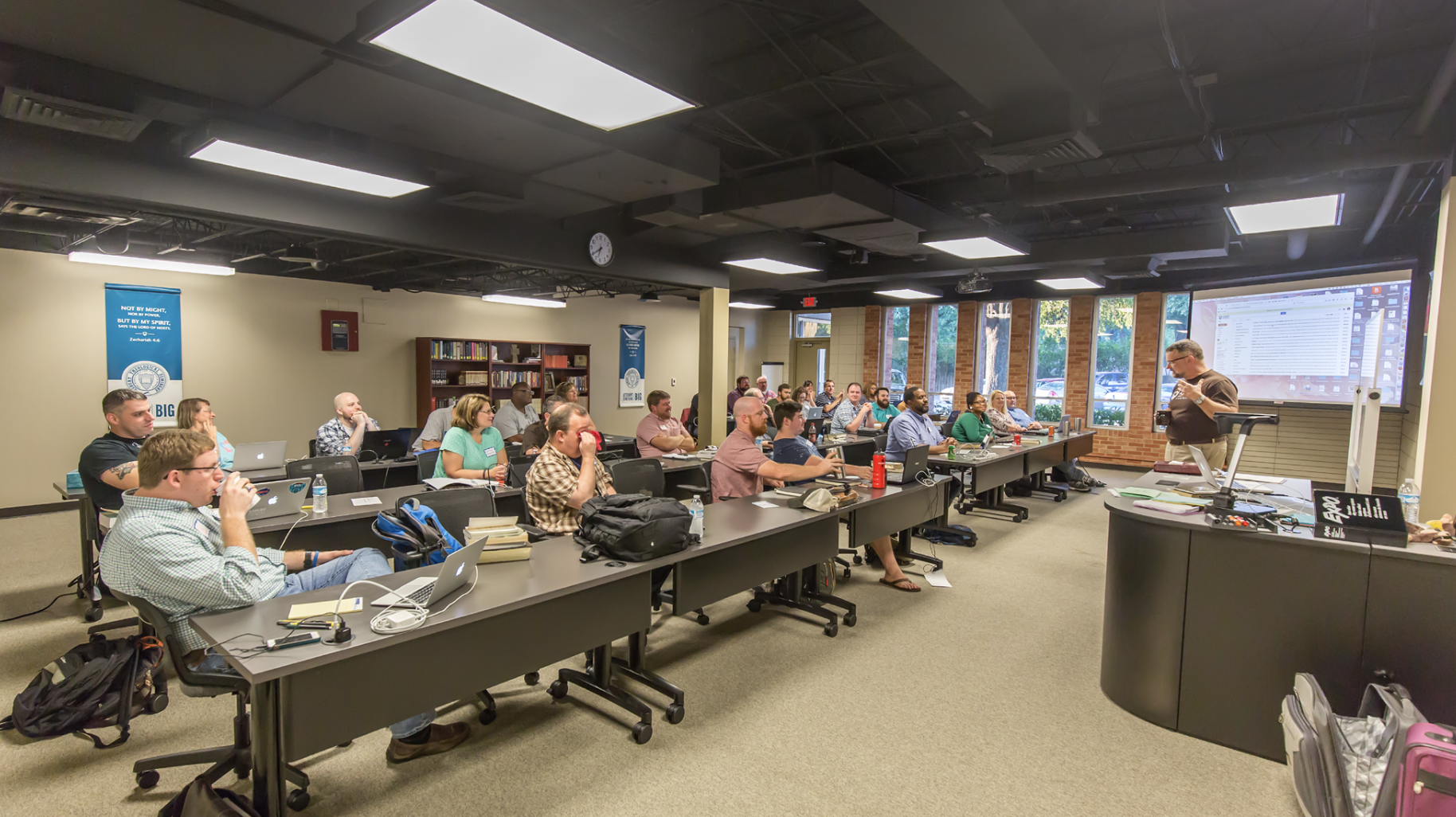The very concept of how we educate our students is undergoing significant change as social and technological factors combine to create new opportunities and challenges. Educators and universities throughout the country have spent the last several years learning to juggle new responsibilities and manage constantly shifting student needs amid a viral pandemic and a technological reawakening. When COVID-19 restrictions made in-person instruction difficult or undesirable, educational institutions and their employees quickly transitioned to digital and virtual instruction with varying degrees of success.
In this new reality where educators and students are expected to change daily processes at a moment’s notice, it’s vital for universities to provide classroom AV technologies to support the needs of both in-person and remote students. These new needs have resulted in the popularization of Hybrid Flexible rooms (HyFlex), which commonly feature cameras, speakers, digital displays and communications technologies that enable real-time learning and collaboration for both in-class and remote students.
Investing in Our Students

Institutions with internal IT or AV staff may consider integrating with a cloud-based AV management software platform, which enables remote system control and access.
Over the past decade, videoconferencing and audio capture technologies have become much more advanced in terms of capabilities and quality, with the latest cameras offering automatic presenter tracking, zooming and multi-camera options, and microphones now delivering noise cancellation and presenter isolation. With solutions ranging from stationary cameras and tabletop conferencing phones to 4K cameras with Pan Tilt Zoom (PTZ) functionality and AI-powered beamforming microphone arrays designed to look like ceiling tiles, there are options for every budget and every size room from classrooms to auditoriums.
Along with the microphones, cameras, digital displays and speakers, Digital Signal Processors (DSPs) form an important part of a professional-grade solution. Offering features such as acoustic echo cancellation, noise cancellation and feedback control, DSPs help improve audio clarity and ensure every remote learner can follow along just like they were sitting in the front row, and that any in-room audio is heard clearly by every student.
Integrators working in the education space must ensure that administrators and IT staff understand the value and importance of a seamless technology solution, so that professors and presenters can quickly launch lessons regardless of the specific room they are in or their personal level of technical expertise. Systems that require constant supervision or assistance can become a burden on everyone involved and interrupt the education experience.
Intelligent Solutions for Integrators
HyFlex rooms generally include a minimum of two cameras—one to capture close-ups of the presenter, and another to capture the entire room. The latest systems offer automatic camera switching and focusing based on who is currently speaking, which can help create more immersive sessions and allow educators to focus on the topic at hand instead of troubleshooting their equipment.
[ ClearOne on Conferencing Audio ]
Advanced products such as beamforming microphone arrays with on-board multi-channel amplifiers and other advanced signal processing can make installation easier, faster and more profitable. With this tool, integrators can set up more rooms in less time and simplify wiring schematics while reducing both the total number of components and the complexity of ongoing system maintenance. As budget-conscious entities. colleges should be made aware of every cost-saving measure that can be implemented, including pre-wiring for future projects.
[ ClearOne Introduces DIALOG 10 USB Wireless Microphone ]
Institutions with internal IT or AV staff may consider integrating with a cloud-based AV management software platform, which enables remote system control and access. This further streamlines daily operations by allowing IT or AV staff to instantly view the status of all equipment and immediately respond to any needs, and many issues can be resolved remotely through the software.
The Future is Flexible
Flexible and adaptable collaboration technologies provide the greatest ability to reach the most students and will continue to influence how educators and students communicate and learn. As protocols evolve and new components or software solutions are introduced, university administrators and IT staff will require frequent updates and education about the benefits offered by new devices and systems.
Utilizing the latest technologies, AV integrators can help education institutions improve learning outcomes and reduce the burden on educators by enabling free-flowing collaboration between in-class and remote participants.
